Text and Photos by Henrylito D. Tacio
“… .the city remains an epicenter of tradition with the treasures of nearly 2,000 years as the imperial capital still on view—in the famed Forbidden City and in the city’s lush pavilions and gardens…” — National Geographic
***
“When you visit China its vastness is difficult to comprehend. It is as large as the United States, but with four times as many people,” says “All-Asia Travel Guide.”
I have been to both countries, and I can say that the description is apt. It is especially true in Beijing, China’s capital and the country’s political, economic, cultural, educational, and international trade and communication center.
As one of the six ancient cities in China, Beijing has been the heart and soul of politics and society throughout its long history. Consequently, there is an unparalleled wealth of discovery to delight and intrigue travelers as they explore the city’s ancient past and exciting modern development. Italian explorer Marco Polo described its magnificence in glowing terms.
I have been to Beijing twice. The first time in 2015 when I joined a group of journalists who won in a journalism contest. The most recent one was two weeks ago. In each visit, I always found something new. So, here are some of the things you can do when you are in Beijing:
Get lost at Tiananmen Square: If you don’t pay attention, you will definitely lose in the vastness of people around you. Thousands are scattered all over the place and so don’t go too far from your group. The square contains the Monument to the People’s Heroes, the Great Hall of the People, the National Museum of China, and the Mausoleum of Mao Zedong.
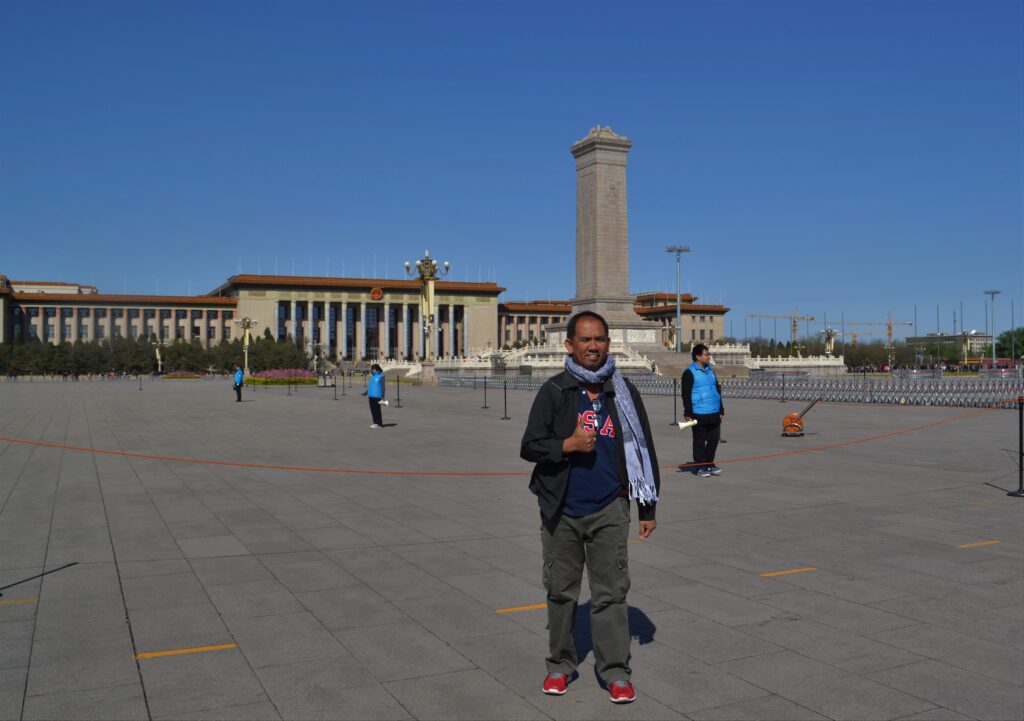
If you care to know, Tiananmen Square is within the top ten largest city squares in the world (440,500 square meters). The square, which means “gate of heavenly peace,” has great cultural significance as it was the site of several important events in Chinese history.
Take a closer look at The Forbidden City: Now called Gu Gong or Palace Museum, it covers an area of 100 hectares (extending 750 meters from east to west and 960 meters from north to south) and is surrounded by a moat. Just remember that when you go inside, you cannot come back; you have to finish the walk until the other end.
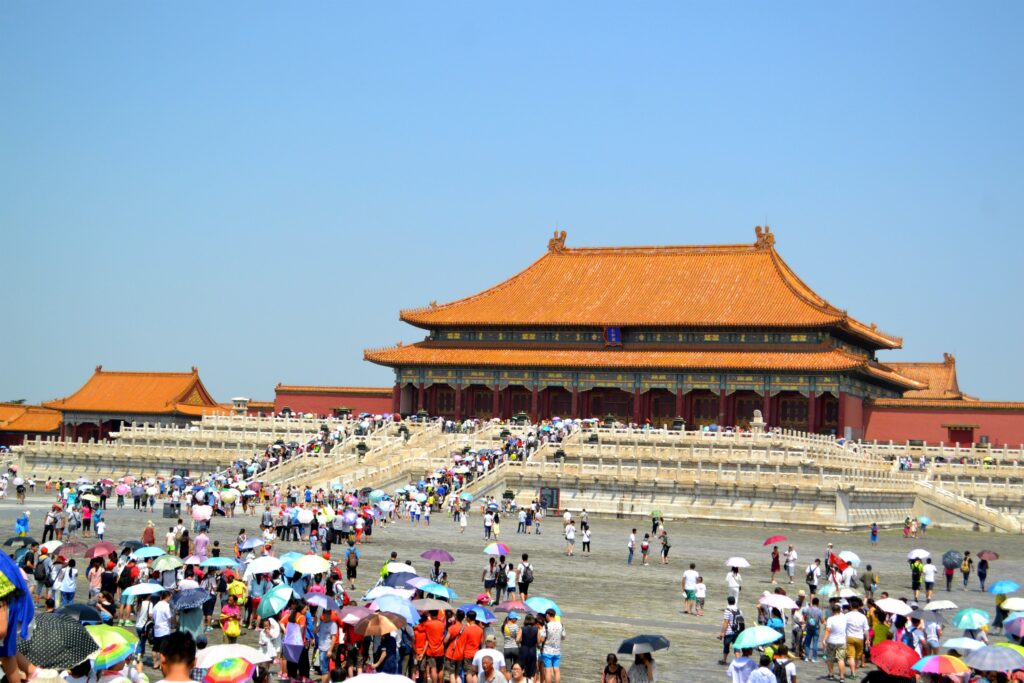
Inside the Forbidden City 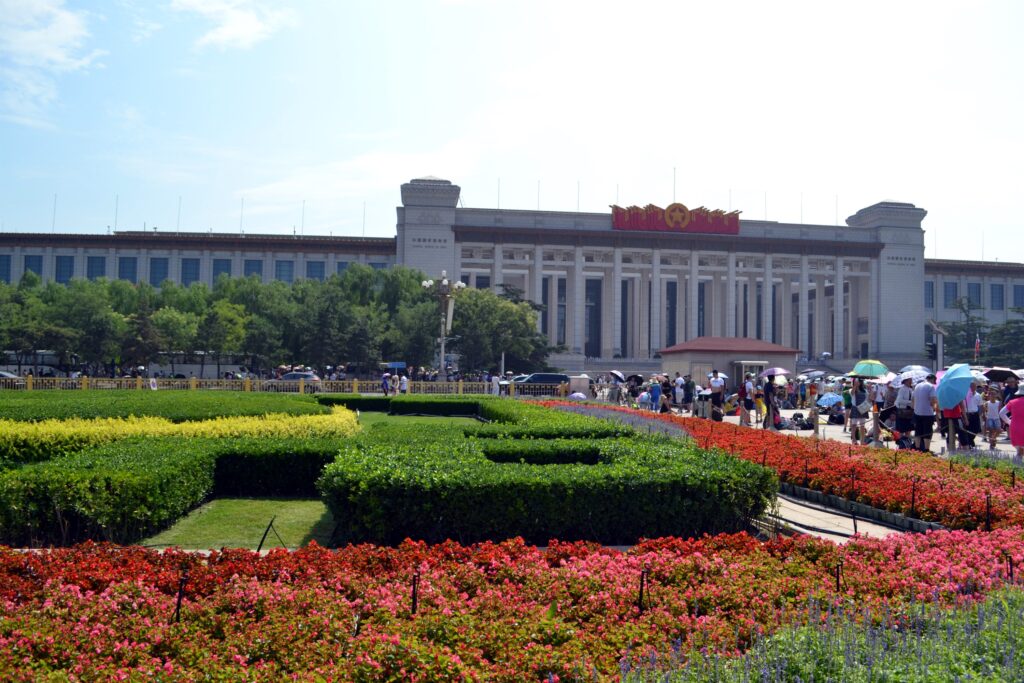
Museum of Chinese History
Constructed from 1406 to 1420, it served as the home of emperors and their households and the ceremonial and political center of the Chinese government for almost 500 years. It was declared a World Heritage Site in 1987 and is listed by the United Nations Educational, Scientific and Cultural Organization (UNESCO) as the most extensive collection of preserved ancient wooden structures in the world.
Learn basic history at the Temple of Heaven: Built-in 1420, during the reign of Emperor Yongle, it covers an area of 2,730,000 square meters. This was the site on which emperors of the Ming and Qing dynasties offered sacrifices to Heaven, prayed for rain and a good harvest.
The Temple of Heaven was inscribed as a UNESCO World Heritage Site in 1998 and was described as “a masterpiece of architecture and landscape design which simply and graphically illustrates a cosmogony of great importance for the evolution of one of the world’s great civilizations…” as the “symbolic layout and design of the Temple of Heaven had a profound influence on architecture and planning in the Far East over many centuries.”
Know Beijing well, its past, present, and future: Due to the construction of high office towers, the Olympic Water Cube, and the Bird’s Nest, Beijing is now known for its monumental architecture in novel shapes. But by visiting the Beijing Planning Exhibition Hall, you can see what the city might look like in the near future. Opened to the public on September 9, 2004, it features a scale model of the entire Beijing metropolitan area, as well as multimedia exhibits on the history, current situation, and future of urban planning in Beijing.
You can also learn about the city’s past. In fact, there are historical exhibits, maps, and displays that instruct on the history of Beijing.
Watch the Legend of Kung Fu: “The Legend of Kung Fu: Return of the Dragon” made its first appearance on the Beijing stage on July 15, 2004. Ever since, the show has received numerous awards and become a world-class spectacle known around the world.
Produced by China Heaven Creation, it tells the story of a young boy who dreams of becoming a Kung Fu master and to reach the sacred goal of enlightenment. He takes the path of a monk in which he must face many obstacles both from this world and his own mind to overcome his fears and to become a true master of Kung Fu.
Pay the Bird’s Nest a visit: “Wonderfulness is right before you. Bird’s Nest is always with you,” proclaims a sign at the entrance to the still magnificent 2008 Olympic Stadium. Since the closing ceremony of the Olympic Games, the Bird’s Nest has become a new landmark for Beijing.
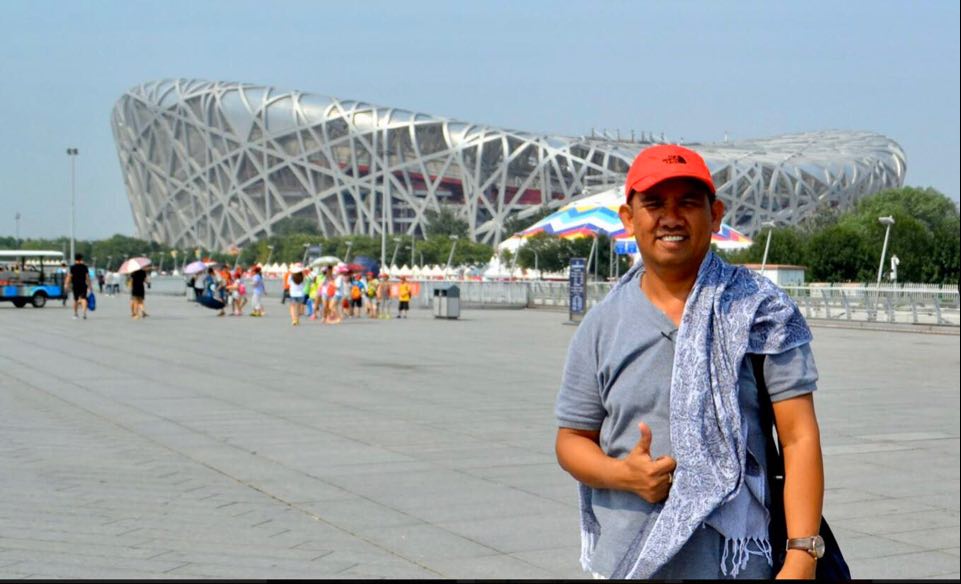
“One of the key engineering marvels in the world today,” the Bird’s Nest is the world’s largest steel structure and the most complex stadium ever constructed. The requirements for its design were that it had to be inspiring and be able to withstand an earthquake.
Scale the Great Wall of China: “The Great Wall is one of the greatest feats of human engineering in the history of the world,” notes All-Asia Travel Guide. “The actual length of the wall is disputed, for in fact there is no single Great Wall of China. But in all there are some 20,000 kilometers of wall.”
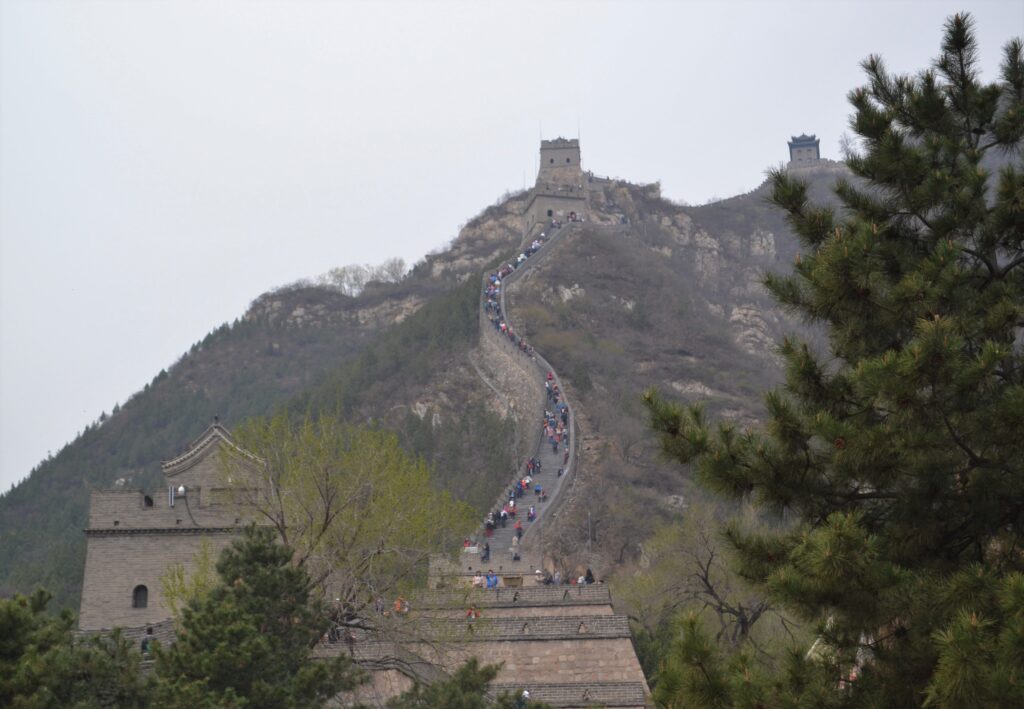
Although it is far from the city proper, visiting this historical monument is worth it. Known to the Chinese as the “Long Wall of Ten Thousand Li,” the formidable defensive structures built to ward off the invasion of the Celestial Empire by barbarians. In 1987, the Great Wall of China was included by UNESCO in its World Heritage List.

